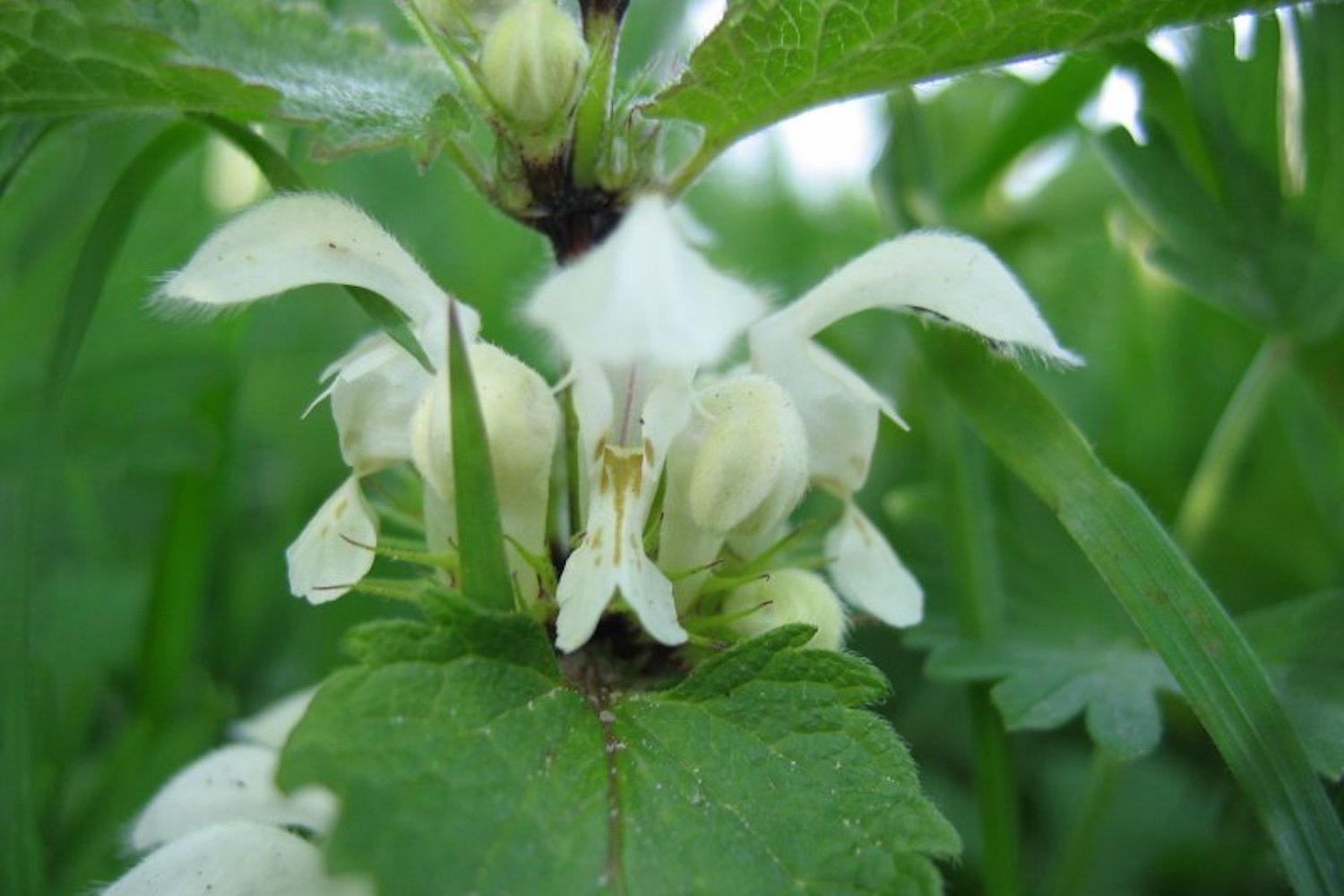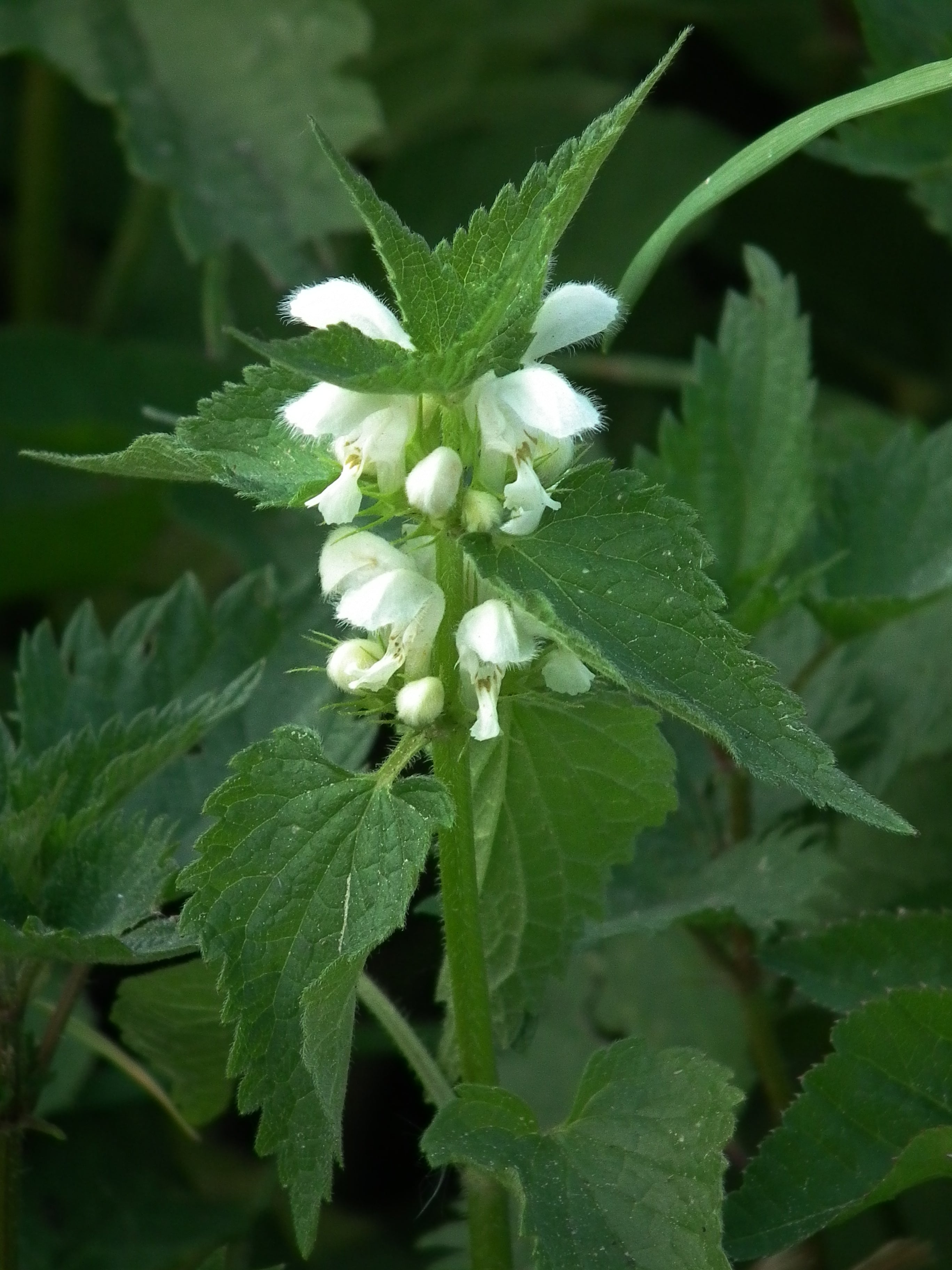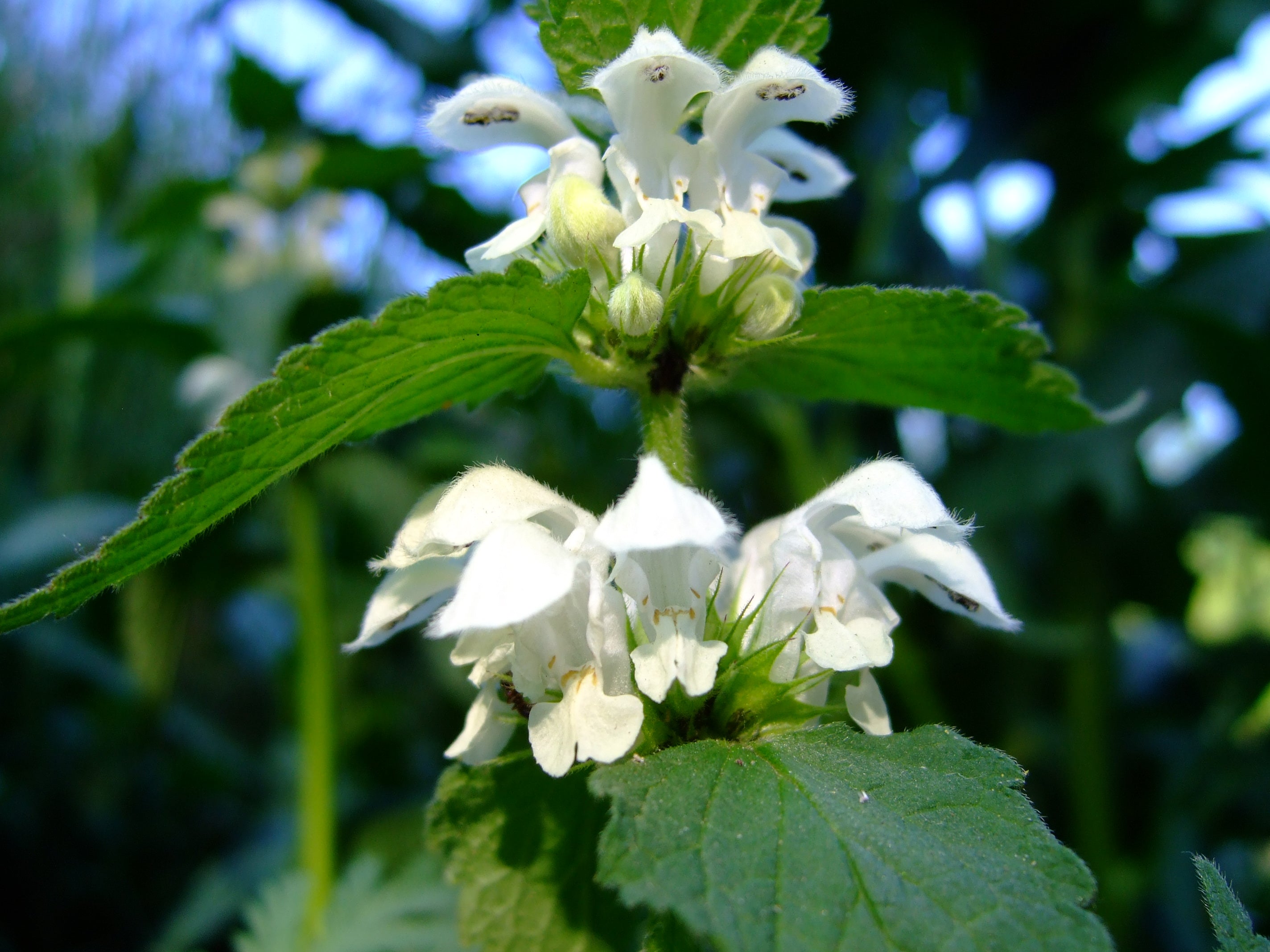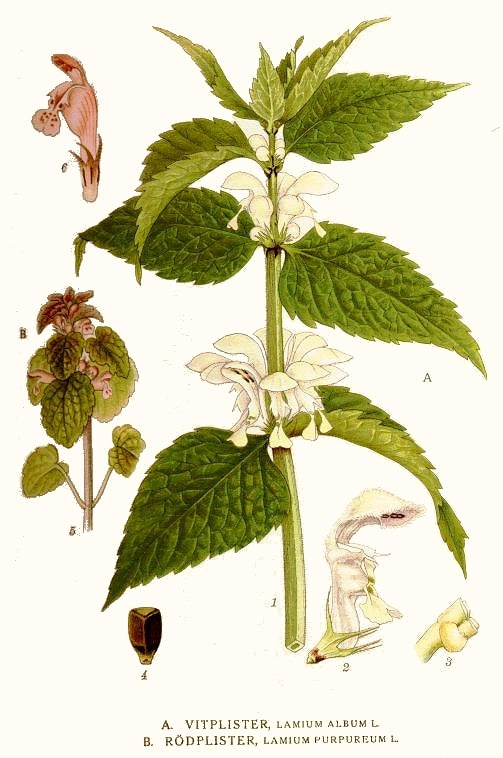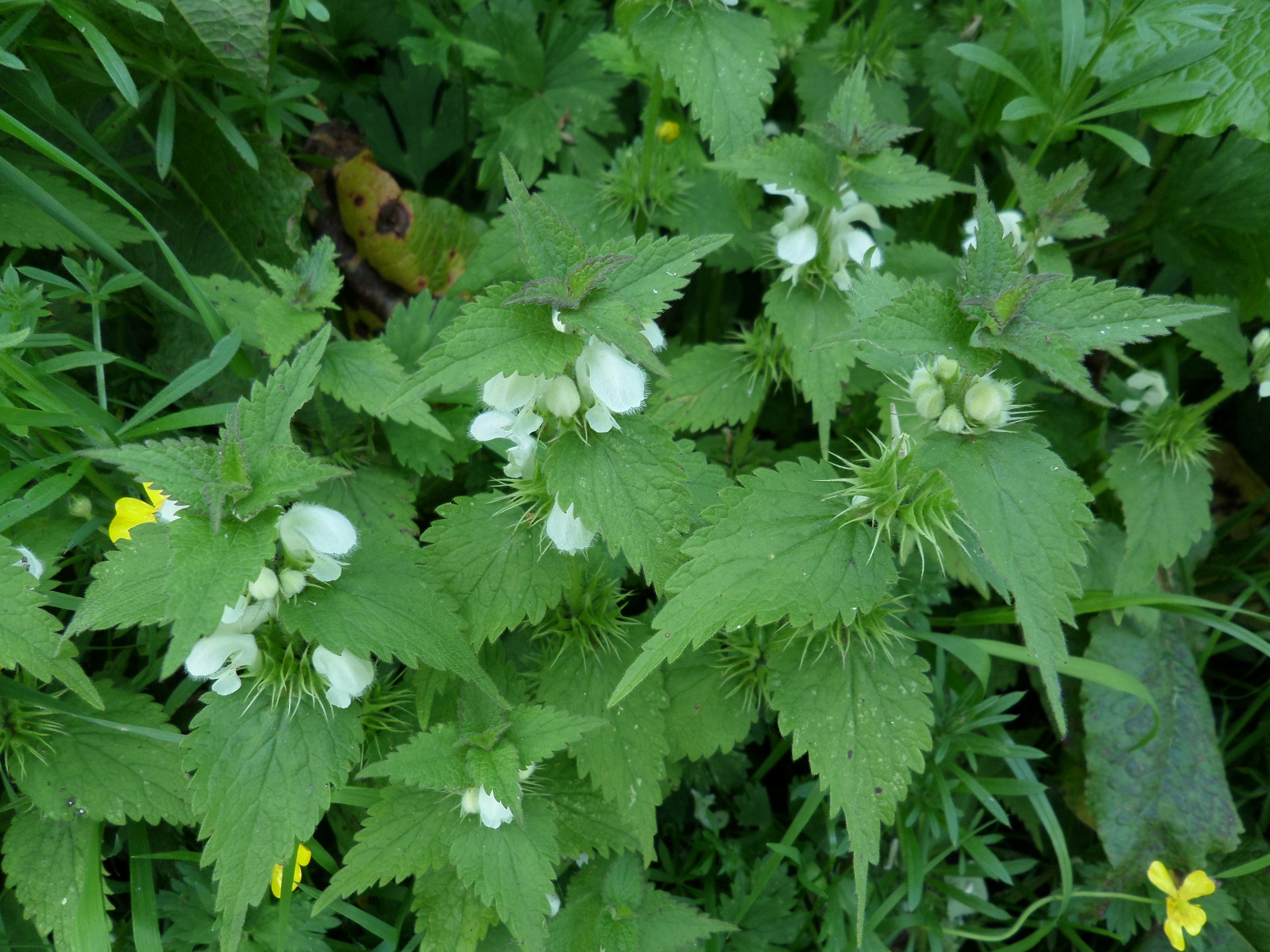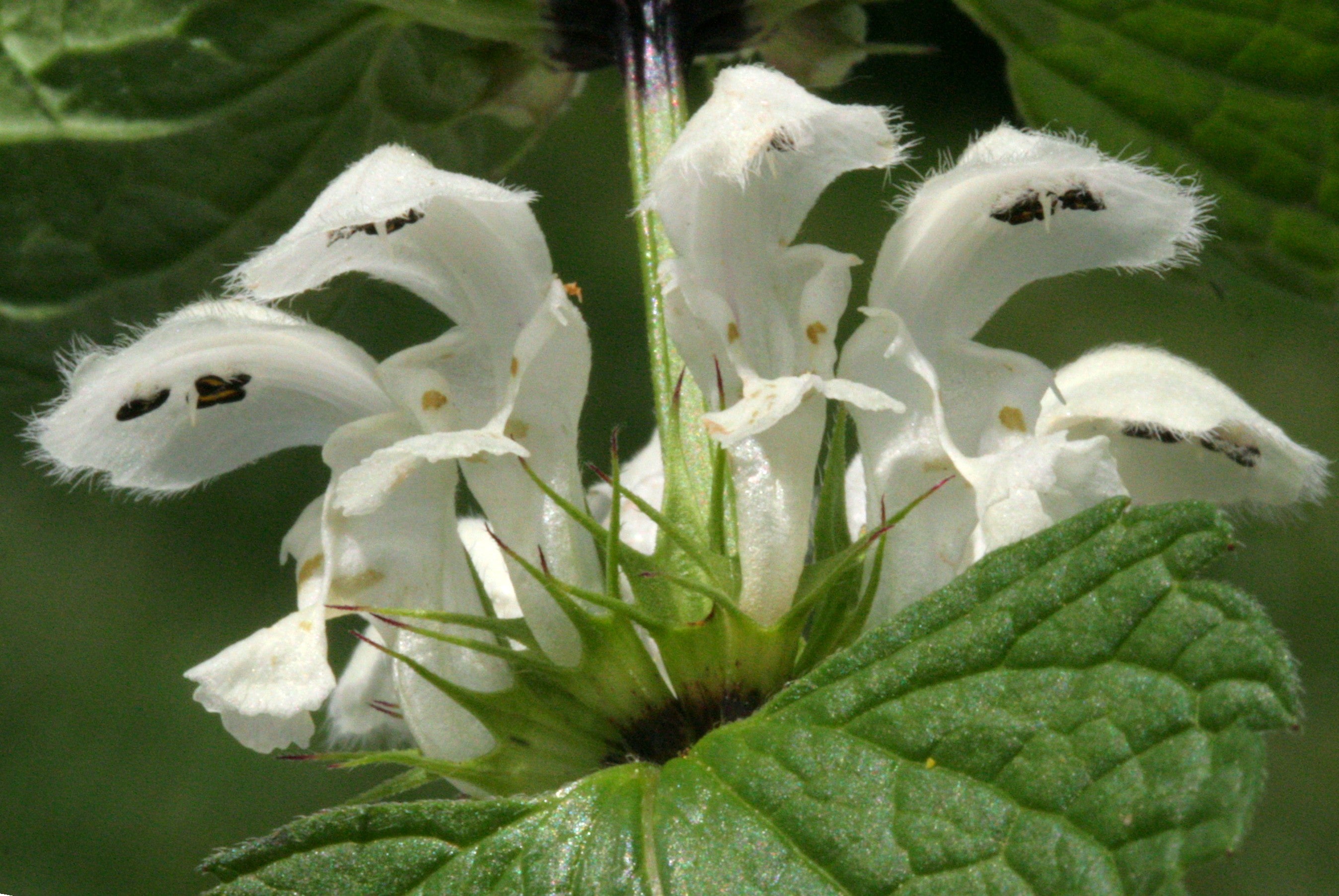Lamium album
Approx. 0.5 litre pot
About this cultivar:
Lamium album is native throughout Europe and Asia, growing in a variety of habitats from open grassland to woodland, generally on moist, fertile soils. Commonly called white nettle or white dead-nettle, like many other members of the Lamiaceae, they appear superficially similar to those of the Stinging nettle (Urtica dioica) but do not sting, hence the common name dead-nettle.
It is common in England and in north Scotland where is found on roadsides, around hedges, and in waste-places. The corners of the hollow stems are strengthened by specially strong columns of fibres. In the country, people often cut the stems and make whistles out of them. But it will be better in your garden!
The young leaves are edible, and can be used in salads or cooked as a vegetable. Bees, especially bumble bees are attracted to the flowers which are a good source of early nectar and pollen, hence the plant is sometimes called the bee nettle.
A distillation of the flowers is reputed to make the heart merry, to make a good colour in the face, and to make the vital spirits more fresh and lively. According to John Gerarde in his 1597 ‘Herball’. See, they did know how to have fun in the good old days….. (see photo of John)
Anyway, this is a great small to medium sized native plant to put in your garden - it flowers for a long time!
- Position: Full sun, partial shade, full shade
- Soil: Almost any soil, grows well in Ballyrobert
- Flowers: May, June, July, August, September
- Other features: Dappled Shade or Full Shade Loving, Great Ground Cover, Woodland Plant
- Hardiness: H7 - Hardy in the severest European continental climates (< -20°C), Fully hardy - grows well in Ballyrobert
- Habit: Mat forming
- Foliage: Deciduous
- Height: 30 - 60 cm (1 - 2 ft)
- Spread: 30 - 60 cm (1 - 2 ft)
- Time to full growth: 2 to 5 years
- Plant type: Herbaceous Perennial
- Colour: Green, pink
- Goes well with: --
About this genus:
Lamium is a genus of about 40-50 species of flowering plants in the family Lamiaceae, of which it is the type genus. They are all herbaceous plants native to Europe, Asia, and northern Africa, but several have become very successful weeds of crop fields and are now widely naturalised across much of the temperate world.
The genus includes both annual and perennial species; they spread by both seeds and stems rooting as they grow along the ground. We only have perennials here! They have distinctive square stems and coarsely textured pairs of leaves, often with striking patterns or variegation. They produce double-lipped flowers in a wide range of colours.
The common name deadnettle refers to the resemblance of Lamium album to the very distantly related stinging nettles, but unlike those, they do not have stinging hairs and so are harmless or apparently dead.
Several closely related genera were formerly included in Lamium by some botanists, including Galeopsis (hemp-nettles) and Leonurus (motherworts). But not anymore...
In gardens Lamiums are widely cultivated as groundcover, and numerous cultivars have been selected for garden use. They are frost hardy and grow well in almost any soil or situation (hence they are invasive in some parts of the world). I personally think of them as quite regal plants with wonderful flowers, and tend to think of them as different coloured Acanthus - suitable as a show plant in their own right!
As a rule of thumb the flower colour determines planting season and light requirement: white- and purple-coloured flowered species are planted in spring and prefer sun more than shade. The yellow-flowered ones are planted in autumn) and prefer shade over sun; but watch out - the yellow ones often have invasive habits and need plenty of room.


